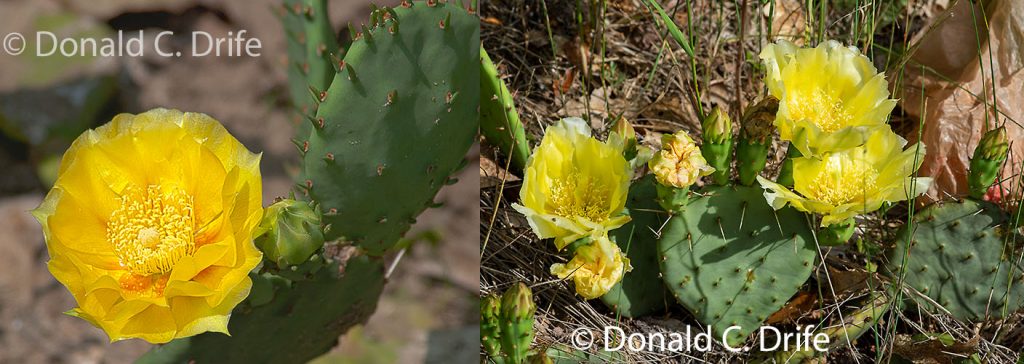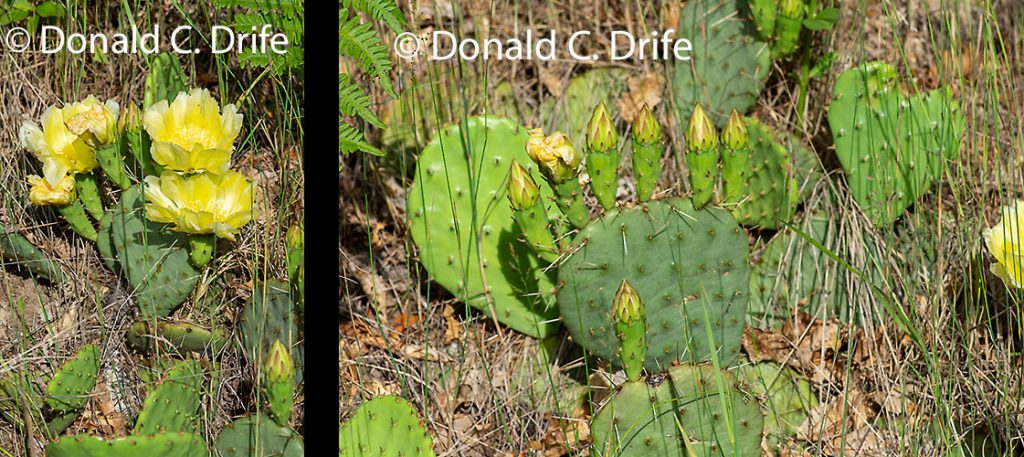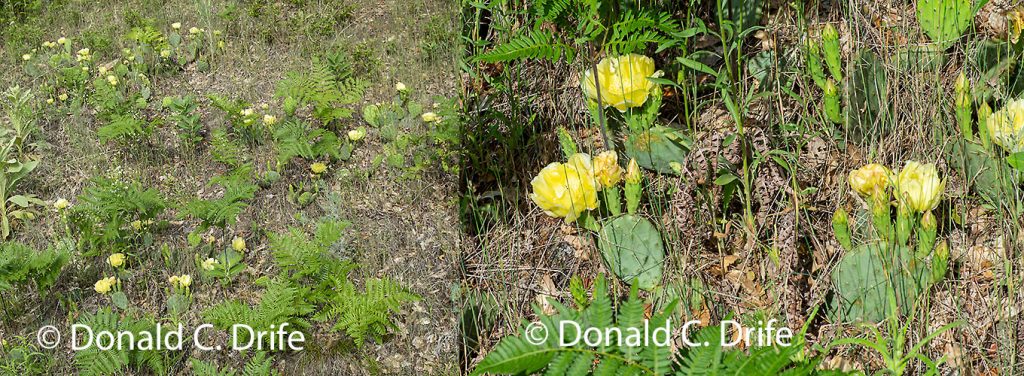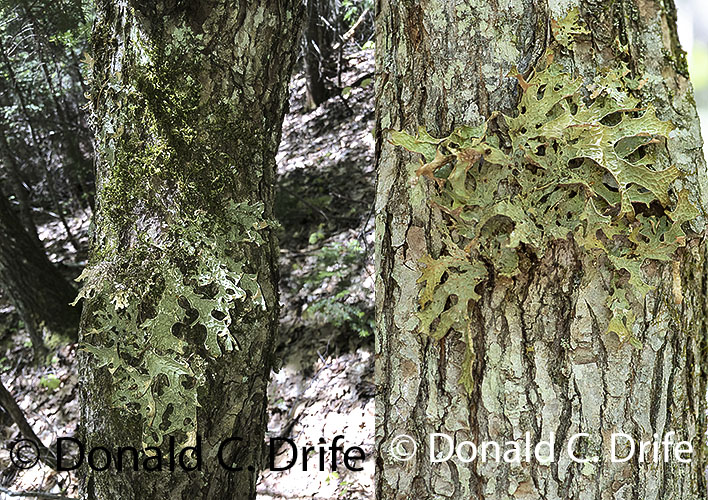
Twenty-five years ago Cranbrook Institute of Science published their Michigan Lichens. In this little book I saw pictures of Lungwort (Lobaria pulmonaria) for the first time. I started looking for this distinctive lichen. Well I finally saw it. On a visit to Estivant Pines Nature Sanctuary in the Keweenaw I found Lungwort growing on the bark of trees in the old growth forest.
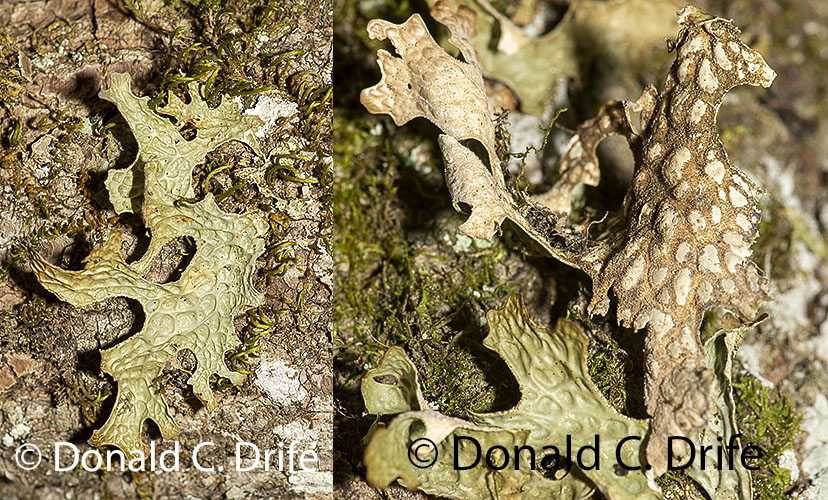
The thalli are large, 5 to 15 cm [2 to 6 in] and remind me of a wrinkled red oak leaf. Others think they resemble the human lung and based on the doctrine of signatures believed this plant would be helpful in treating lung problems. It is not. Lungwort is brownish to olive-green when dry and is said to be bright green when wet. Spots of cyanobacteria (blue-green algae) dot its underside. Lungwort cannot survive where the air quality is poor. All sightings on Inaturalist are north of Gaylord.
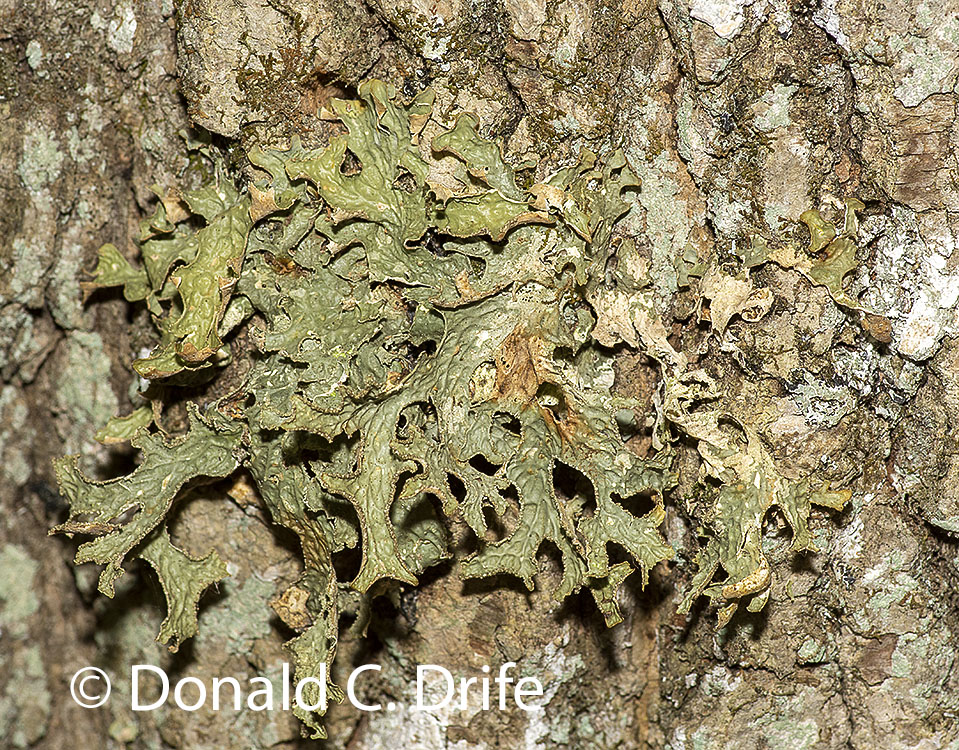
It is always fun to find new species, especially one that I have sought for years. This is a distinctive lichen. I wonder when I will see it again.
Copyright 2021 by Donald Drife
Webpage Michigan Nature Guy
Follow MichiganNatureGuy on Facebook

